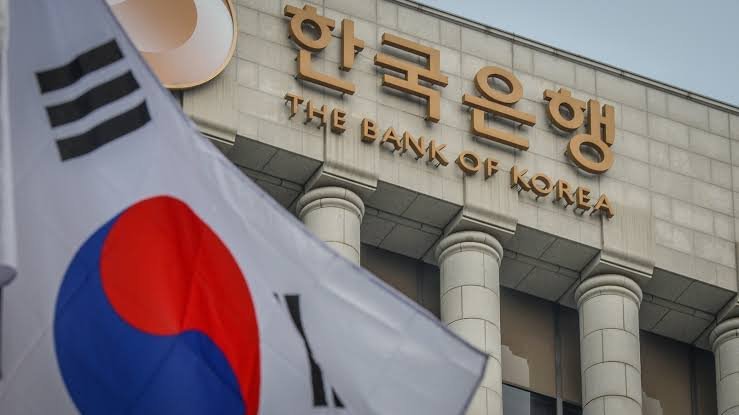Hana Bank will explore other payment services based on the tokenized form of money.
South Korea is a very hub for the crypto sector. In this country, laws are very strict against the crypto sector, or we can say there are no rooms for the bad actors to evolve in the South Korean jurisdiction. In the upcoming few years, Korea will bring more advancement in its existing crypto regulation framework. For now, the Korean regulators are waiting for a mature phase of this sector.
Last week a local newspaper reported that Hana Bank is continuously increasing its efforts to contribute to the country’s central bank digital currency (CBDC) plan with the country’s central bank.
Under the partnership, both of these two parties will develop a better payment infrastructure on blockchain technology.
Both of these two parties are looking toward the traditional concept of stablecoins, which are highly popular in the crypto sector, and exploring using the same concept but under a modern idea, to kick out any kind of disadvantages associated with stablecoins. They called it the tokenized form of money and they are looking at it as the best alternative to CBDC & stablecoins.
Earlier in April of this year, the Bank for International Settlements (BIS) published a paper on “tokenized deposits” to motivate the central banks to push their efforts toward the development of stablecoin-like payment tools.
Traditional stablecoins & limitations
In the present time, Tether (USDT), Circle (USDC), PAXOS (USDP), etc like popular stablecoins are at high-level practical use cases and crypto traders use these stablecoins across the different types of Decentralised Finance (Defi) protocols to trade against crypto assets.
No doubt that all these stablecoins are better for the crypto traders, as they help to move the funds from one platform to another platform without any role of the centralised third party actor but with that there are some hidden challenges which may result in very big negative outcomes in the future.
In the present time, the majority of the stablecoins are unregulated and backend companies manage the financial operations independently.
Any kind of negative news may bring a negative impact on the stablecoin users. For example, in the past year, the top two stablecoins USDT & USDC depegged two to three times from the $1 value.
And also here we can’t ignore the protocol concept-based stablecoins. In May 2022, Terra USD stablecoin collapsed badly.
Read also : Ripple CEO slams American securities regulator & says they created a mess
Credit: Source link
































